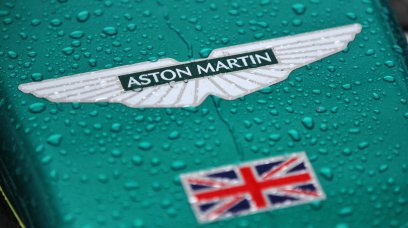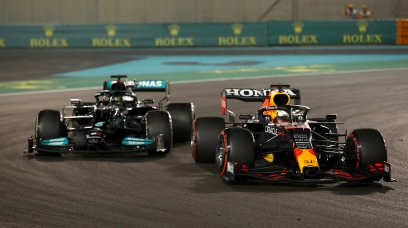Pirelli's Mario Isola has acknowledged that the technical directive introduced by the FIA in an attempt to reduce or eliminate porpoising could potentially lead some teams to suffer more tyre degradation than others. On the Thursday prior to the Canadian Grand Prix, the governing body announced their short-term plan to tackle the issue, which has since led to teams and drivers expressing various opinions on the matter. Isola was amongst those to be quizzed on the topic by media, with the Motorsport Director asked by RacingNews365.com if the technical directive will have any impact on tyres. "Not really, because talking about the porpoising, obviously we saw these effects at the beginning of the season," Isola explained. "We got telemetry data, we quantified the effect of porpoising, and we accounted for that also in our prescription. So now for this race, for sure, there is a, how can I say, part of the pressure that is due to this additional stress on [the] tyre. "We are not going back here because of the TD. We need to analyse data after the race. If we see that, during the season, during the next races, this effect is going to be less, and therefore the stress on the tyre is lower, we can react with a slightly lower pressure. "That is not visible from simulation, in a way, so we don't have the number coming from simulations."
Impact of less downforce on tyres
However, Isola acknowledged that there is a chance that, with less downforce from a lower ride height, there could be an effect from the cars sliding more. "It's a bit early to say, but maybe if they start sliding a lot, obviously you overheat the surface of the tyre," he said. "Because you put less energy and use more, so it's an effect that is more for overheating rather than pure energy and stress that you put into the tyres." When asked if this means that teams less affected by the technical directive – such as Red Bull – would experience less degradation, Isola commented: "Yes. "They shouldn't change anything, so what we know, is going to stay the same." On the possibility of teams more affected by the problem – such as Mercedes – having to make changes, Isola continued: "Maybe, if they lose the downforce and start sliding." As such, Isola admits that those who could potentially lose performance chassis-wise may possibly lose performance tyre-wise. "That is a potential consequence. Yes, it is," he said. "We need to check and we need to be sure but, on paper, yeah."
Most read









